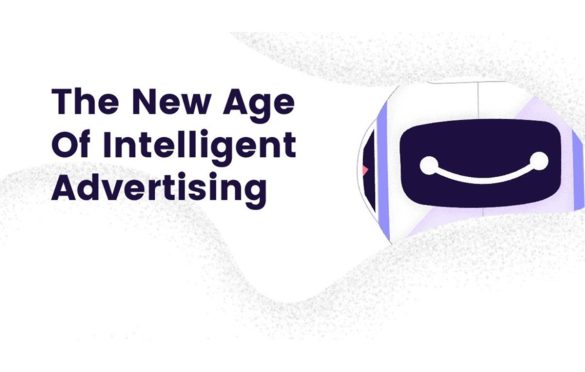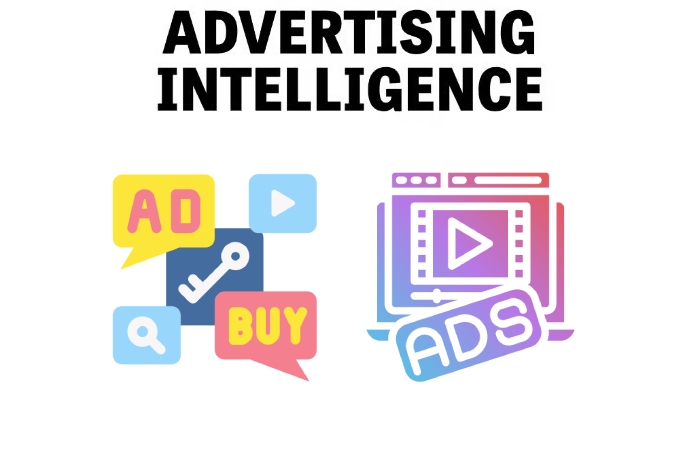
What Is Advertising Intelligence And How Does It Help Me?
What Is Advertising Intelligence – Businesses looking to drive sales or increase consumer outreach through advertising have to consider using optimum resource allocation for channels that yield better results.
Some products have a presence in localized markets and the target audience may not be social media savvy. In this case leaning towards print, TV, or radio ads help them enhance the visibility of their product. But considering the penetration of the internet to most far-flung places of the planet and smartphone usage increasing day by day, social media advertising is the new-age solution for marketing teams to increase their customer base and exacerbate growth.
Social media advertising is a viable option for increasing the visibility and reach of the brand. With billions of people using social media, advertising in this medium should not be ignored. However, whatever stage or scale of business one operates, getting the ads up on social media needs strategic decisions that can be taken based on quantitative and qualitative analysis.
Advertising intelligence aids teams with extrapolated data that is easy to grasp and helps in critical thinking and in-time solutions that often act as game changers. These tools are not just extensions but customized versions of business intelligence tools.
Table of Contents
Is Advertising Intelligence Required?
Approximately 40% of the world population uses social media and the diaspora of people active on most social media apps is known through their device mapping. Regional, cultural, social, and individual preferences are gauged for people through their online activities and search histories.
Even when a person is not actively searching for a product, suggestions are given depending on the semantics aided through deep learning neural networks that help the businesses preempt the next move of the consumer.
For instance, a person who is searching for budget Christmas trees, in all probability will need good Christmas decor, homemade gingerbread, local discounts, and the like. All these ads from local and eCommerce businesses will appear in the feed of the intended customer. Steadily, the consumer is influenced to buy more than what the person set out for.
But for ads to be very effective, the actual metrics of how an ad is shaping out in the campaign is critical information that is portrayed through digital tools like advertising intelligence platforms.
The impressions that an ad generates vs the conversion rate will focus on information where the product or ad generates an initial response but then is not resulting in an actual sale. Only sales that happened because of direct or indirect influence in the present or a future date can be considered successful conversions. An ad intelligence tool guides the campaigning team to make necessary changes on a real-time basis with alerts to remind them if one is doing well or if the traffic is organic or inorganic.
Advantages of Ad Intelligence Platforms

Advertising intelligence can be a suite of products or software that can be integrated into the existing portals to showcase the results of any social media campaign conducted in a period.
There are many advantages of using ad intelligence platforms specifically for social media campaigns. A few advantages are listed here:
1. Actionable Insights
When an ad is up on social media, there are costs involved. In social media, if 6% of the people visiting your website make a real purchase, then it is considered an effective website. However, even a conversion rate between 2% to 5% is also considered a good conversion rate. So, assuming it’s a new website and nearly 1000 people visited your website in a given month. Then anywhere between 20 to 60 sales will be considered to be a good rate. However, to know if this traffic is organic without any earned mention of your brand or generated because of the effectiveness of the ad campaign that you have floated for a while, it is required to use ad intelligence platforms.
Ad intelligence tools display data with information that can be used for actionable insights. If an ad is not generating the intended traffic or impression, it can be taken down. This is important because, between two different ads of a given campaign, there are many occasions where teams have been surprised by the comparison results of the ad that is performing better. Often the one a team does not expect much out of a particular campaign and that stands out as a better-performing ad that is generating a virtual footfall. With good traffic build-up through sharing and like impressions, an ad often goes viral and generates good revenue and mileage for a brand for a long duration.
2. Consumer Data Points
Unlike traditional advertising in newspapers, radio, and TV, gauging social media touchpoints is easy nowadays. Smartphones are usually synced to a person’s Google account and everything that person is searching for even in a casual sense is captured. If location permissions are on, wherever a person goes is known to the tech giants like Google and Facebook.
Depending on the search history patterns and location details, targeted ads can be generated for effective advertising. Despite complex models that use different permutations and combinations for desired results of an effective advertisement, it is necessary to gather data from consumer data points such as observed impressions, ad and mediation networks, and creative type.
Advertising intelligence enables sales and marketing teams to take the lead and initiates the step forward by assessing the ad networks. By closely observing the competition in this field there can be vantage points for the ad campaign right from the conceptualization stage to the days when the ad is running and is creating data history for future use. In this manner, the business leadership can comprehend the optimum effectiveness without overusing the available resources.
Conclusion
Targeted advertising has become easy because of advertising intelligence which accentuates the business sense by channeling the resources to be used in the best options possible. With social media platforms offering demographic and psychographic data to content marketers, driving the right data becomes easy with these digital tools.


